
Critical thinking is an intellectual process that involves the ability to analyze, evaluate, and synthesize information in a systematic manner.
In the context of humanities, critical thinking plays a fundamental role in interpreting complex ideas found in literature, history, art, and philosophy. Unlike mere opinion or belief, which may be swayed by emotional inclinations or personal biases, critical thinking is characterized by an objective approach to understanding human culture and experience. This discipline encourages individuals to engage with texts and concepts thoughtfully, challenging assumptions and seeking deeper insights.
In the study of humanities, critical thinking enables scholars and students to navigate the layers of meaning embedded in artistic and literary expressions. Through rigorous analysis, one can discern the relationships between various cultural contexts and the artifacts they produce. For instance, examining a piece of literature through a critical lens allows for exploration beyond surface-level interpretations, leading to a comprehensive understanding of the author’s intentions and societal influences. Similarly, analyzing historical events with a focus on critical inquiry sheds light on the underlying motivations and consequences that shaped human history.
The practice of critical thinking in humanities also emphasizes the importance of questioning. It fosters an environment where ideas can be scrutinized rather than accepted at face value. This inquiry is crucial in developing a well-rounded perspective on philosophical debates or art movements and encourages learners to consider opposing viewpoints and alternative explanations. By engaging in critical discussions that challenge prevailing narratives, individuals enhance their cognitive abilities and expand their intellectual horizons.
Ultimately, the cultivation of critical thinking skills in the humanities not only enriches academic discourse but also empowers individuals to make informed decisions in their everyday lives. As society becomes increasingly complex, the ability to think critically will remain an invaluable asset in understanding and engaging with the world around us.
Questioning ideas forms the bedrock of effective critical thinking, especially within the humanities. It is through the act of inquiry that individuals can dissect complex concepts and scrutinize established narratives. The process encourages a deeper understanding and invites alternative interpretations that might otherwise remain unexplored. When individuals engage in questioning, they are not merely accepting information at face value; instead, they are motivated to delve into the intricacies of the topic, fostering a mindset oriented towards exploration and reflection.
Furthermore, skepticism plays a crucial role in critical thought. By cultivating a healthy distrust of unexamined beliefs and popular opinions, individuals can challenge assumptions and uncover underlying biases. This skeptical approach is vital in an age where information is often presented with inherent biases. It compels thinkers to ask critical questions such as: What are the sources of this information? What perspectives are being overlooked? How might this narrative differ across contexts?
Curiosity also serves as a driving force in the questioning process. When learners are curious, they naturally seek answers, leading to a more active engagement with texts and ideas. This curiosity can spark dialogue, inspire further research, and ultimately contribute to a richer understanding of the subject at hand. The act of questioning thus transforms a passive consumption of ideas into an active pursuit of knowledge, leading to a more profound intellectual engagement.
Moreover, questioning is a tool that encourages collaboration among peers. In discussions, the articulation of questions can stimulate debates that provide diverse viewpoints and insights. This collaborative exploration not only enhances individual understanding but also fosters communal knowledge-building, essential in any humanities discourse.
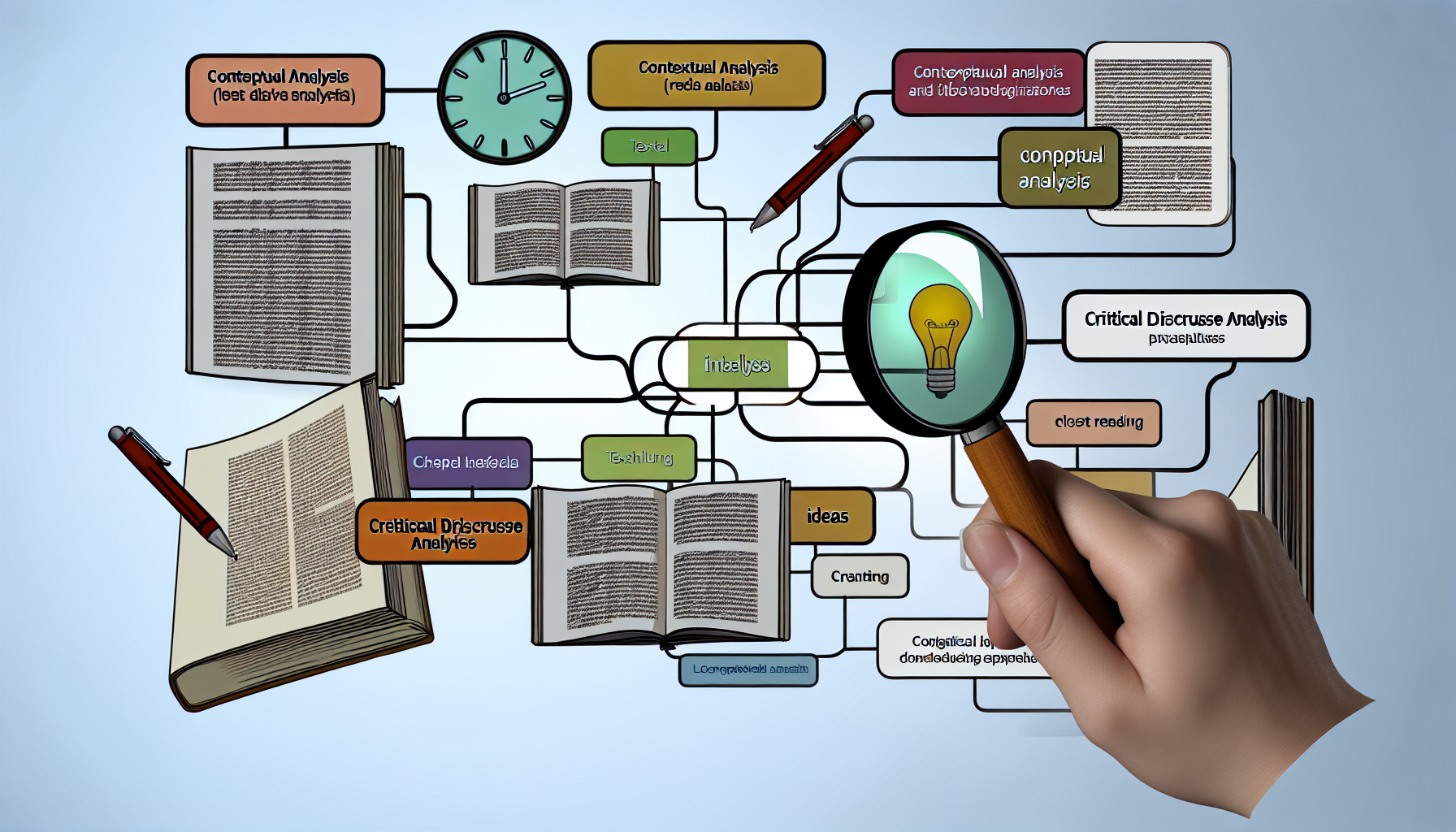
Critical thinking in the humanities necessitates effective analytical techniques that enable individuals to dissect texts and ideas rigorously. Among the most powerful methods of analysis are textual analysis, thematic analysis, and discourse analysis. Each of these techniques offers a distinct approach to understanding and evaluating various forms of written and spoken communication.
Textual analysis focuses on the specific words and phrases used in a text. It encourages readers to examine not only the surface meaning but also the connotations and implications of language. By dissecting the text, one can uncover nuances that may reflect the author’s intentions, biases, and the cultural context in which the work was created. This method requires asking questions about how language shapes meaning and how it influences the audience’s perception.
Thematic analysis, on the other hand, involves identifying and examining recurring themes or concepts within a body of work. This technique provides a framework for organizing the ideas present in a text, aiding in the understanding of broader societal or philosophical issues. It promotes deeper engagement by encouraging readers to explore how themes connect across different texts and to reflect on their relevance in contemporary discussions.
Lastly, discourse analysis captures the relationship between language and its social context. This approach emphasizes understanding how power dynamics, societal norms, and historical circumstances influence communication. By analyzing the discourse surrounding an idea, one can reveal underlying assumptions and biases that may affect the interpretation of the text.
Utilizing these analytical techniques not only enhances one’s ability to evaluate arguments critically but also encourages a deeper understanding of the complex nature of texts in the humanities. By applying textual, thematic, and discourse analysis, readers are better equipped to approach ideas with a critical mindset.
Comparative analysis serves as a vital tool in the field of humanities, enabling individuals to juxtapose various texts, ideas, or historical events. This method enhances critical thinking by prompting deeper insights and encouraging rigorous questioning of assumptions. By observing similarities and differences between subjects, scholars and students can foster a more nuanced understanding of complex concepts.
One practical example of employing comparative analysis in literature could be the examination of James Baldwin’s essays alongside those of Ralph Ellison. Both authors discuss race and identity in America, yet their perspectives and experiences vary significantly. By contrasting Baldwin’s passionate and confrontational style with Ellison’s more subdued and introspective approach, readers can better appreciate the diverse narratives within the African American experience. This comparative method not only highlights the authors’ unique voices but also invites readers to explore broader social themes and their implications.
In the realm of history, analyzing the causes and consequences of two contrasting revolutions—such as the American Revolution and the French Revolution—provides insight into how differing social, political, and economic contexts can shape outcomes. While both revolutions sought to overthrow oppressive regimes, the motivations, processes, and effects were notably distinct. By engaging in comparative analysis, historians can draw parallels and distinctions that enrich their understanding of revolutionary movements and the variables that influence societal change.
Ultimately, incorporating comparative analysis into critical thinking practices allows individuals to view ideas from multiple perspectives, fostering a more comprehensive approach to knowledge. This technique not only heightens analytical skills but also cultivates an appreciation for the complexity inherent in human thought and experience. Through the application of comparative analysis, learners are encouraged to challenge their perspectives and engage critically with the world around them.
Understanding the historical context in which a piece of work or idea emerged is fundamental for effective critical thinking in the humanities. Historical context provides the backdrop against which ideas and events can be evaluated, helping to illuminate how time, culture, and societal norms shape thought. By examining the specific circumstances surrounding a literary work, philosophical treatise, or artistic expression, one can reveal underlying assumptions and motivations that might otherwise remain obscured.
For instance, consider the influence of the Enlightenment on modern philosophy. A critical thinker analyzing works from this period must recognize the intellectual climate characterized by a burgeoning emphasis on reason, individualism, and skepticism towards tradition. This historical awareness not only enriches the understanding of philosophical arguments but also encourages a questioning of prevailing narratives that may have been constructed without adequate consideration of their roots.
Furthermore, historical context allows for a comparative analysis. It opens avenues for discussion on how similar ideas or events have manifested across different cultures or time periods. For example, the emergence of feminist literature can be better understood when one examines the socio-political conditions women faced in various eras. This analysis fosters a deeper appreciation for the complexities of gender dynamics and encourages critical engagement with both historical and contemporary texts.
In the humanities, where interpretation can significantly vary based on perspective, recognizing the relevance of historical context becomes crucial. It serves as a guiding tool for not only analyzing texts but also questioning and deconstructing established narratives. By integrating historical insights into our critical thinking practices, we arm ourselves with a more nuanced understanding of human experiences and the ideas that define them.
The integration of various disciplines is paramount in enhancing critical thinking within the humanities. By synthesizing insights from philosophy, sociology, psychology, and the natural sciences, individuals can foster a more comprehensive understanding of complex ideas and social phenomena. This interdisciplinary approach allows for a richer analysis by encouraging the examination of topics from multiple perspectives, thus providing a more nuanced exploration of issues.
Philosophy teaches individuals to scrutinize arguments, identify logical fallacies, and appreciate ethical considerations. This foundational skill is crucial when addressing moral dilemmas or philosophical inquiries in the humanities. For example, understanding the philosophical underpinnings of justice can significantly inform sociological theories about social structures and human behavior, thereby enabling students to critically evaluate the implications of social policies.
Sociology, on the other hand, offers insights into social dynamics and cultural contexts. By incorporating sociological perspectives, critical thinkers can delve into how societal influences shape individual beliefs and practices. This can be particularly beneficial in addressing contemporary issues such as inequality or identity, encouraging individuals to question prevailing narratives and consider how various factors—such as race, gender, and class—intersect.
Psychology also plays a vital role in enriching critical thinking by elucidating the cognitive processes that underlie human behavior. Understanding psychological principles can assist researchers and scholars in exploring how emotions and cognition affect decision-making, thus enhancing analysis in both historical and contemporary contexts.
When disciplines within the humanities interact, they create a fertile ground for innovation and deeper inquiry. By embracing this interdisciplinary approach, individuals are better equipped to question established ideas and formulate well-rounded perspectives that contribute to the ongoing discourse in diverse fields. Ultimately, this synthesis enriches not only individual comprehension but also the collective understanding within the humanities.
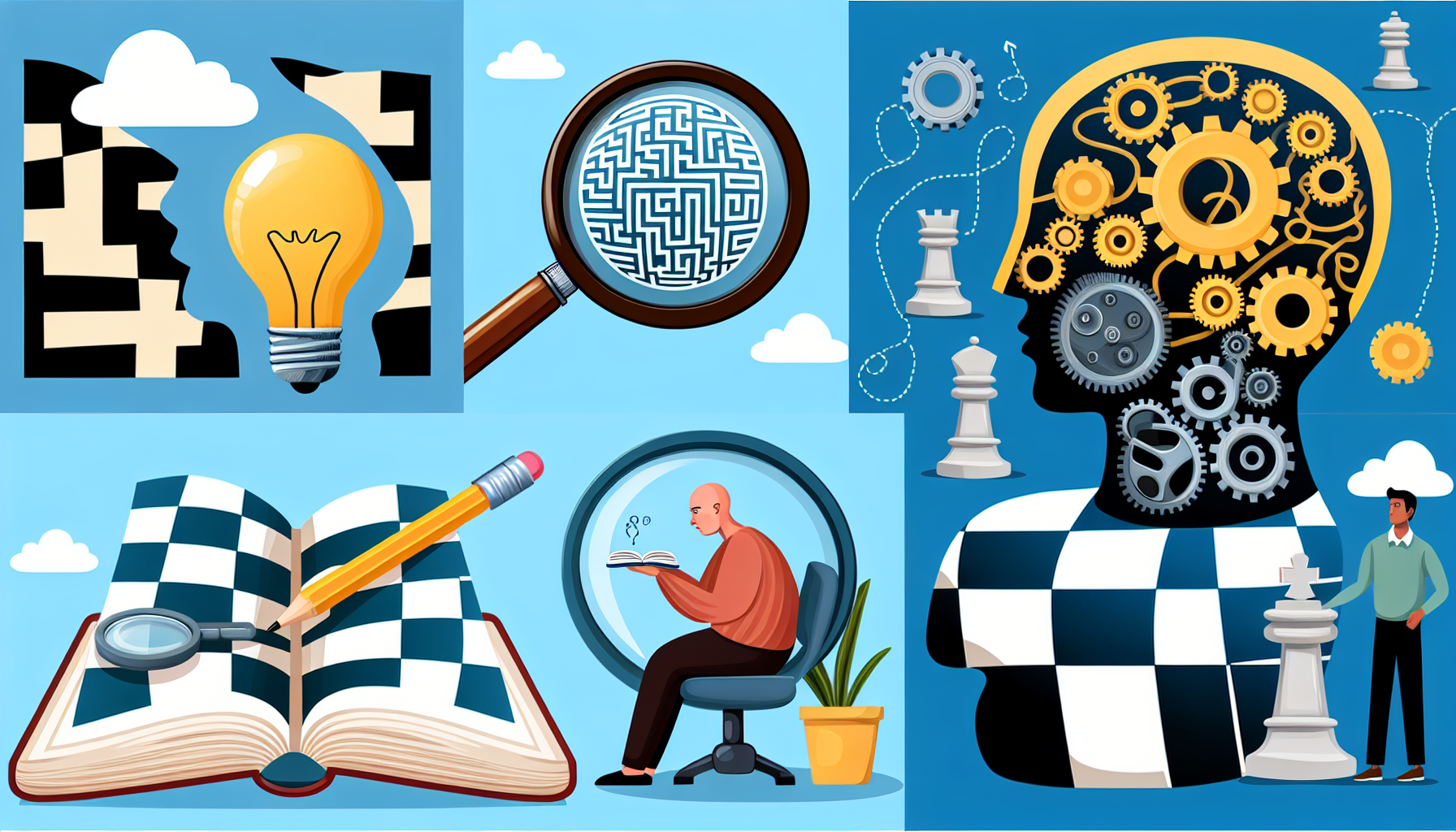
Fostering critical thinking skills is essential for anyone looking to navigate the complexities of the humanities effectively. One practical approach is to maintain a reflective journal. This habit encourages individuals to regularly record their thoughts, reactions, and questions about various topics. By reflecting on ideas and analyzing their own interpretations over time, individuals can develop a deeper understanding of the material and enhance their critical thinking abilities. Journals also serve as a repository for thoughts that can be revisited and evaluated as one’s perspective evolves.
Engaging in discussions and debates is another powerful method to cultivate critical thinking. These activities create opportunities for individuals to articulate their views, listen to the perspectives of others, and challenge their own assumptions. Participating in a structured debate or a casual discussion can highlight the strengths and weaknesses of different arguments, promoting a richer understanding of complex issues. Through this, individuals learn the importance of substantiating their viewpoints with logical reasoning and evidence, which is a cornerstone of critical thinking.
Additionally, inviting feedback on interpretations is crucial for growth in critical thinking. Encourage peers, mentors, or educators to share their insights on your analyses. This feedback can provide an external perspective that helps identify blind spots and reinforce the value of diverse viewpoints. Accepting constructive criticism with an open mind allows individuals to refine their arguments and develop more nuanced understandings of various concepts. Engaging repeatedly in these activities contributes to an ongoing process of questioning and revising viewpoints, essential for robust critical thinking.
In conclusion, by incorporating reflective journaling, engaging in discussions, and being open to feedback, individuals can actively participate in the cultivation of critical thinking skills, ultimately enhancing their ability to analyze and question ideas within the humanities effectively.
In the realm of humanities, the ability to evaluate arguments and evidence is essential for a comprehensive understanding of texts, discussions, and cultural narratives. This skill entails analyzing the strength of claims made by authors, speakers, or artists and scrutinizing the evidence that supports these claims. It is crucial to identify logical fallacies, which are errors in reasoning that undermine the validity of an argument. Common logical fallacies include ad hominem attacks, straw man arguments, and appeals to emotion. By recognizing these tactics, readers can maintain a critical perspective and avoid being swayed by flawed reasoning.
Another key aspect of evaluation is recognizing potential biases. Authors may bring their own perspectives to a discussion, influencing the interpretations presented. It is important to assess the motivations behind a source’s viewpoint, whether it be ideological, financial, or cultural. This awareness enables practitioners of critical thinking to approach texts with a discerning eye, allowing them to uncover underlying assumptions and question the validity of the conclusions drawn.
The credibility of sources also plays a significant role in evaluating arguments. Readers should consider the qualifications of the author, the publication’s reputation, and the methods employed in presenting evidence. Discussing primary versus secondary sources can elucidate arguments, as primary sources often provide direct insights, while secondary sources may offer interpretations that could include biases. By weighing the reliability of sources, one can develop a robust understanding of the arguments presented.
In identifying strong versus weak arguments, it is beneficial to examine the depth and breadth of the evidence provided. Strong arguments typically rest on robust, well-supported evidence that is relevant and comprehensive. Conversely, weak arguments may rely on anecdotal evidence, superficial claims, or insufficient reasoning. By honing these evaluative skills, individuals engage more thoughtfully with complex ideas, enhancing their capabilities as critical thinkers in the humanities.
In our exploration of critical thinking in the humanities, we have delved into techniques and strategies that facilitate the analysis and questioning of ideas. Critical thinking serves as the backbone of intellectual engagement, allowing individuals to dissect complex arguments, identify biases, and evaluate various perspectives. This discipline is not only crucial for academic success but also plays a significant role in everyday decision-making and civic involvement.
Through the techniques discussed, such as the Socratic method, comparative analysis, and reflective questioning, individuals are equipped with necessary tools to deepen their understanding and foster a more profound appreciation for the richness of human experience. Implementing these methods encourages a habit of mind that is inquisitive and analytical, fostering an environment where questioning becomes a valuable part of the learning process.
The continual application of critical thinking skills promotes intellectual growth and encourages a lifelong commitment to inquiry. As readers engage with diverse texts and ideas, embracing an attitude of openness and skepticism will prove beneficial. It is vital that learners recognize that critical thinking is not merely an academic skill, but a lifelong journey that enhances personal and professional development. By questioning assumptions and being receptive to new ideas, individuals can broaden their horizons and refine their perspectives.
In conclusion, the journey to becoming a critical thinker in the humanities is ongoing and dynamic. By applying the techniques discussed, individuals will not only enrich their own understanding but also contribute meaningfully to broader conversations. As we strive to unlock the power of critical thinking, let us remember that it is through questioning, reflecting, and analyzing that we can truly appreciate the complexities of the human condition.
Looking to advertise, promote your brand, or explore partnership opportunities?
Reach out to us at
[email protected]
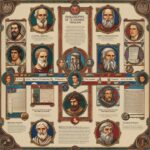

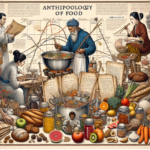
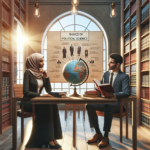

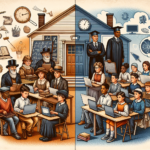
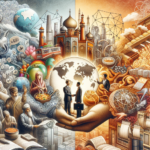
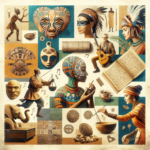
Chose where you want to study, and we will let you know with more updates.